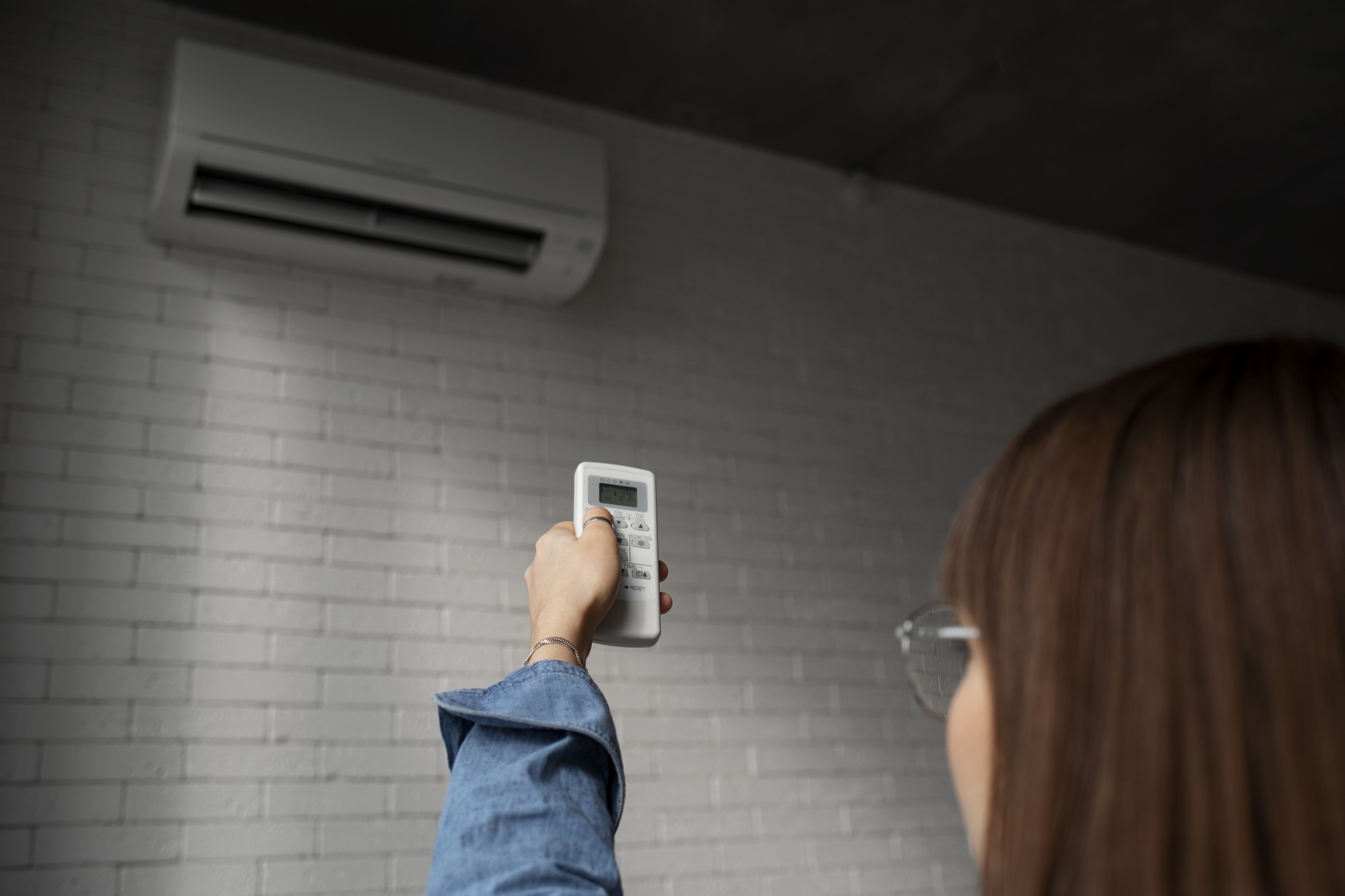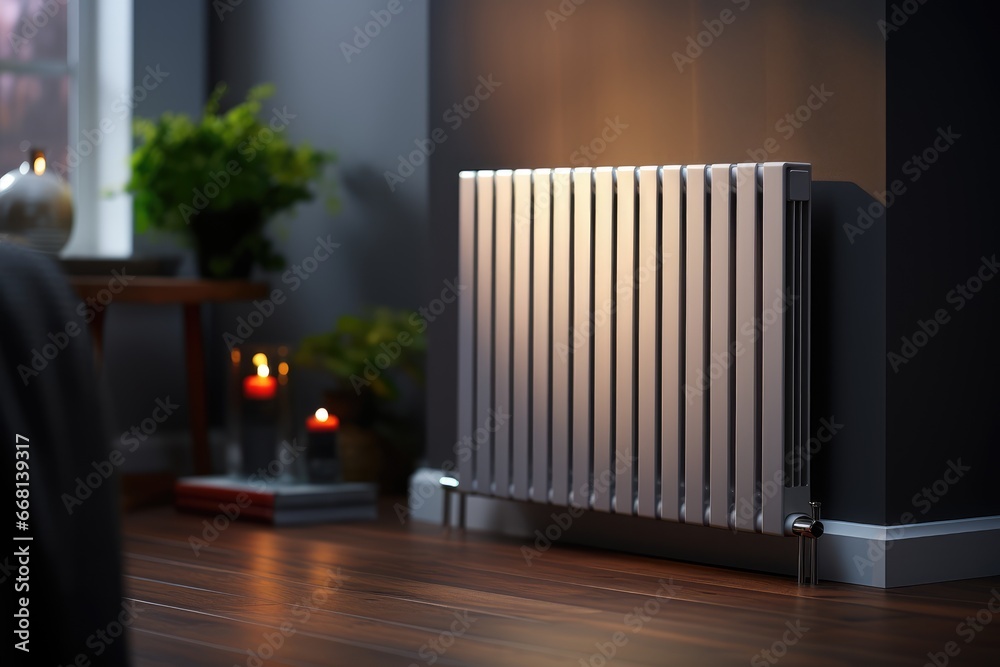Key Takeaways:
- Understanding the differences between a 4 way switch vs 3 way switch is essential for effective lighting control.
- Three-way switches provide control from two places, whereas four-way switches allow control from three or more locations.
- Three-way switches give simplicity and control from two locations, but four-way switches allow greater versatility.
- Installing 4-way switches requires more sophisticated wiring arrangements than 3-way switches.
- 3-way switches are a simple installation solution for basic lighting control applications in corridors and stairwells.
- Put safety first throughout installation by shutting off the electricity and consulting a professional if you have any questions regarding the wiring or installation process.
- For dependable switch performance and to avoid frequent installation mistakes, adhere to the manufacturer’s instructions and wiring diagrams.
Overview of Switches
Switches are essential components of electrical wiring because they regulate energy flow to different fixtures and appliances. 4 way switch vs 3 way switch: They are frequently used in home and business settings. Homeowners, electricians, and do-it-yourself enthusiasts all must comprehend the distinctions between these switches.
Understanding: 4 way switch vs 3 way switch
As the name suggests, a 3-way switch lets you operate a single light or group of lights from two places. It is frequently used in spaces like stairwells, halls, and vast rooms where two switches are required to run a single light. It has three terminals.
Alternatively, a 4-way switch allows you to operate a single fixture or a group of fixtures from three or more places, which greatly increases your control possibilities. It serves as a bridge between many 3-way switches, giving you even more control over lighting.

Key Differences: 4 way switch vs 3 way switch
The number of places from which a 3-way switch and a 4-way switch may be operated is the main distinction between them. A 4-way switch expands the range of control from two to three places, whereas a 3-way switch can only be operated from one.
Wiring Configurations: 4 way switch vs 3 way switch
A traveler wire is used to link the common terminals of two switches when wiring 3-way switches. The electrical current is transferred between the switches via the traveler wires, enabling smooth operation of the attached fixture.
In contrast, 4-way switches are connected to several 3-way switches by traveler wires. The 4-way switch’s common terminals are connected to the 3-way switches’ traveler wires to form a network of control points.
Also Read: Can You Use Fabuloso on Carpet? Safety and Effectiveness
Advantages: 4 way switch vs 3 way switch
Three-way switches make it easy and versatile to control lights from two separate places. They are simple to install and offer straightforward access to lighting control without the need for complicated wire layouts.
When control is needed from three or more places, 4-way switches work well. They provide more flexibility and convenience by improving the way lighting systems work in vast rooms, hallways, and spaces with several access points.

Drawbacks: 4 way switch vs 3 way switch
The unavailability of 3-way switches to regulate illumination from more than two locations is one of their drawbacks. The use of 3-way switches may not be adequate in situations where more control points are required, necessitating the employment of alternate alternatives.
One possible disadvantage of 4-way switches is their intricate wiring and installation requirements. Careful design and execution are necessary to provide optimal functioning, which may be difficult for novice electricians and do-it-yourselfers.
Utilization: 4 way switch vs 3 way switch
3-way switches are perfect for places like corridors, stairwells, and rooms with two entrances where control must be possible from two places. They provide an easy-to-use solution for simple lighting control requirements.
For situations where three or more sites are involved in control, 4-way switches are advised. Larger rooms, intricate lighting schemes, and settings where more control choices are required are ideal for them.
Typical Errors in 4 Way Switch vs 3 Way Switch Installation
Common installation errors for 3- and 4-way switches include incorrect wiring and misreading wiring schematics. Adhering to the manufacturer’s instructions and seeking advice from qualified electricians are crucial for guaranteeing a dependable and secure installation.
Also Read: How to get rust stains out of carpet?
Safety points to remember
When working with electrical wiring and switches, safety should always be the first priority. Before starting any installation or maintenance work, turn off the power supply. You should also observe the correct safety precautions to avoid fire and electric shock threats.
FAQs
Is it possible to swap out a 3 way switch with a 4 way switch?
Although it is theoretically conceivable, adding more complexity and wiring difficulties to a 3-way switch system can result from employing a 4-way switch.
How many places can a 4 way switch manage at most?
A four-way switch, contingent on the electrical structure and wire arrangement, can provide control from three or more places.
Does installing 4 way switches require specific wiring?
It’s true that installing 4-way switches calls for particular wiring arrangements to guarantee correct operation and compatibility with the current electrical system.
4 way switch vs 3 way switch: which one is more energy-efficient?
Switches’ energy efficiency is not as dependent on the kind of switch as it is on the associated lighting fixtures and use patterns.
Conclusion
4 way switch vs 3 way switch: The decision between them is based on the number of control points required and the particular needs of the lighting system. Comprehending the distinctions, benefits, and drawbacks of every switch kind is essential for making well-informed choices and guaranteeing maximum efficiency and comfort in both residential and business environments.






